Asus Vivobook S 15: A Breakthrough AI Laptop with Snapdragon X Elite, Offering Smooth Experience
The laptop market is constantly evolving, and Asus has introduced a breath of fresh air with the Vivobook S 15. Unlike most current Windows laptops that use Intel or AMD chips, the Asus Vivobook S 15 is equipped with the Snapdragon X Elite chip, representing a significant step in bringing the ARM platform to high-end computing devices.
Although Windows on ARM is not a new platform, it has never gained much attention. When it comes to Windows laptops, most people only think of traditional products using Intel. These chips are powerful, but they often have weaknesses in terms of heat generation and battery life.
By 2020, Apple made a bold move by abandoning Intel chips and switching to its self-designed M chips based on ARM architecture. Since then, ARM has been receiving increasing attention in the laptop market.
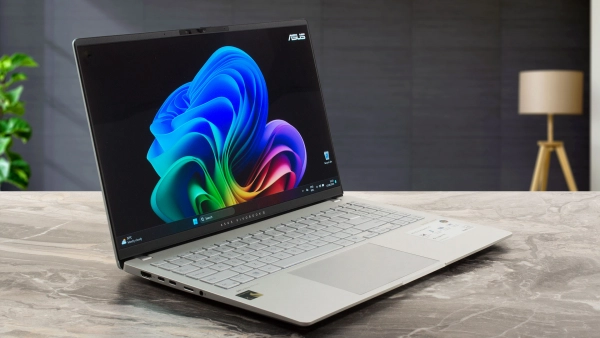
This shift comes at a time when Intel is showing signs of slowing down in the CPU market, and users are looking for new options on the Windows platform. Qualcomm, a big name in the smartphone market, quickly seized the opportunity and launched the Snapdragon X Elite specifically for Windows on ARM.
Following the current trend towards compact devices with long battery life, Qualcomm's Snapdragon X Elite CPU promises a revolution in performance and energy efficiency on Windows laptops. After a period of anticipation, the first laptops featuring this chip have finally appeared, and the Asus Vivobook S 15 is one of the pioneering devices. So, what makes this ARM-powered laptop noteworthy?
Design
Asus has made significant efforts to make the Vivobook S 15 both aesthetically pleasing and comfortable to use. The all-metal chassis provides a premium feel. With a width of just 14.7mm and a weight of 1.42kg, the device offers impressive portability for a 15-inch laptop, making the Vivobook S 15 a considerable choice for those who frequently need to carry their device around.
An interesting highlight is the CNC-engraved logo, adding a touch of elegance to the device. The ErgoLift hinge allows for a 180-degree usage angle, combining functionality with sleek aesthetics. Notably, the hinge is sturdy yet allows users to open the screen with just one finger, demonstrating Asus's high level of craftsmanship.
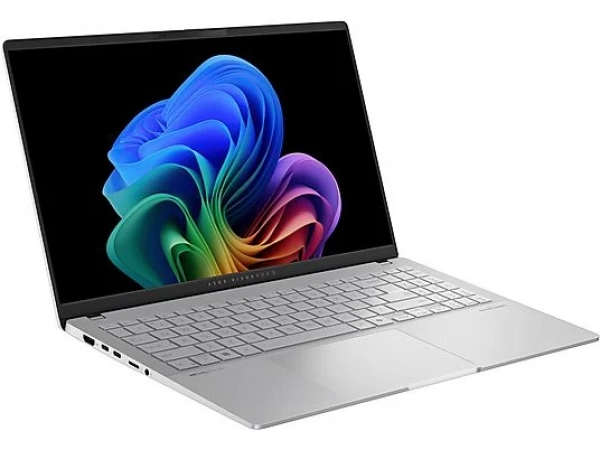
For such a slim laptop, the variety of ports that Asus has equipped the Vivobook S 15 with is remarkable. On the left side, there is an HDMI 2.1 port, two USB4 ports (supporting external displays and high-speed data transfer), a MicroSD card reader, and a headphone jack. The right side features two USB 3.2 Gen 1 Type-A ports. This combination should meet most users' needs without requiring many adapters.
Asus has equipped the Vivobook S 15 with an ErgoSense keyboard that includes a dedicated numeric keypad, a welcome feature on a 15-inch laptop, especially for users who frequently work with numerical data. The keyboard also features customizable RGB backlighting. A standout feature is the dedicated Copilot key, emphasizing the ongoing AI trend. This key can be useful for quick access to AI, but its long-term value will depend on how well Microsoft integrates Copilot into Windows and how users adapt to AI.
The touchpad, measuring 129.7 x 84.8 mm, provides ample space for easy navigation. Asus has also integrated Smart Gesture technology to adjust sound, optimize screen brightness, or manage video playback. You can use the edges of the touchpad to control volume, brightness, and skip tracks.
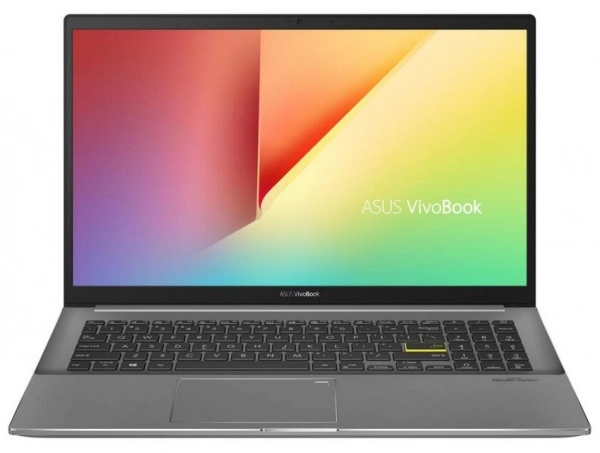
The laptop's display uses 120Hz OLED technology (2880 x 1660 resolution), offering excellent image quality. With a maximum brightness of 600 nits and VESA DisplayHDR True Black 600 certification, the screen delivers outstanding contrast and vibrant colors. The 100% DCI-P3 color gamut coverage and Pantone validation indicate good color accuracy, which could attract creative professionals.
Above the screen is a Full HD 1080p webcam, providing better quality than the 720p cameras still found on many laptops today. The webcam features 3DNR (3D Noise Reduction) technology to improve image quality in low-light conditions.
The camera also supports Windows Hello facial recognition login, adding a convenient security feature. Asus has also included a webcam shutter, addressing growing privacy concerns among users.
Processor & Performance
The Vivobook S 15 comes pre-installed with Windows 11 Home, positioning itself as one of the leading products in Microsoft's AI efforts. The laptop fully supports Copilot features and is expected to receive upcoming AI features like Recall. A notable inclusion is the Qualcomm AI Engine, delivering 45 TOPS of AI performance.
Whether or not you frequently use AI features in Windows, this is a trend, and Asus is prepared for the future.
The Vivobook S 15 features the Snapdragon X Elite chip, marking a significant departure from the typical Intel or AMD options found in most Windows laptops. This ARM-based chip promises high performance along with improved energy efficiency. The integrated Adreno 311 GPU handles graphics tasks. While it may not compete with high-end discrete GPUs, it is capable of handling everyday graphics tasks and perhaps some light gaming, but we'll touch on that later.
One downside is that there are still not many native applications for the Windows on ARM platform, even Microsoft's own apps like Game Pass. Currently, only a few applications are designed specifically for this hardware, while most others operate in emulation mode. Application compatibility may improve in the coming months as software continues to mature.
The configuration I tested includes the Snapdragon X Elite 78100 processor, with 12 cores. It is designed to operate at a sustained power of up to 50W. Graphics are handled by the integrated Adreno 311 chip. The laptop comes with 32GB of LPDDR5-7500 memory, as well as a Micron 2280 M.2 SSD, which can be upgraded.
In reality, the SSD is the only component that can be upgraded here, as the Snapdragon X Elite is a SoC, meaning the entire system is on one chip.
There are three performance configurations available to users through the MyAsus application:
- Full Speed: allows the hardware to run continuously at ~50W, with fan noise up to ~46 dB;
- Performance: allows the hardware to run continuously at ~45W, fan noise ~42 dB;
- Balanced/Standard: allows the hardware to run at 35W, fan noise ~35 dB;
- Whisper: limits the CPU to 20W to prioritize fan noise below 30 dB.
Below are the benchmark scores of the device running in Full Speed mode, noting that Cinebench R23 is running in emulation mode:
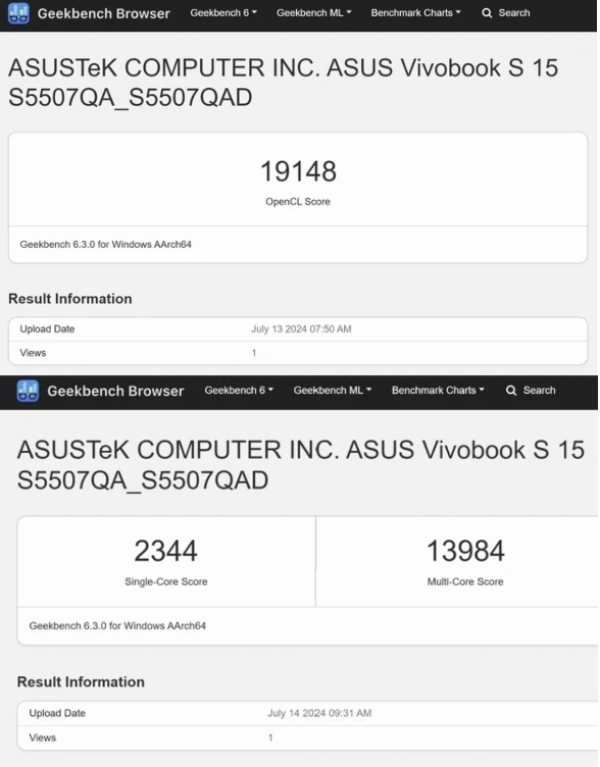
The HandBrake test results are quite good. I tested encoding the 4K film "Ford v. Ferrari" to the Very Fast 1080p30 preset, and it took about 35 minutes to complete.
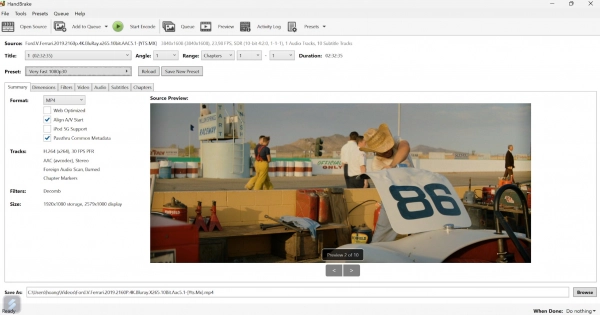
When running in Full Speed mode during tests, I noticed that performance was significantly enhanced, but at the cost of noticeable fan noise, though it kept the temperature under control. Asus has applied IceCool cooling technology, which includes two fans, two heat pipes, and two venting zones.
For everyday use, the Standard mode will suffice in most cases, but the Whisper mode also works well without causing noticeable lag or slowdowns, suitable for those who use the laptop for light tasks like web browsing or office applications.
However, a part of the performance also depends on whether the software you're running is natively supported for ARM. If not, it may load slowly, perform poorly, or even not work on this device. As more manufacturers adopt Snapdragon chips in the future, compatibility issues may become less troublesome, but for now, the experience is not as seamless as with traditional x86 architecture. Fortunately, alongside Microsoft's productivity apps, Adobe's applications also support this platform natively.
One strength is the Vivobook S 15's M2 Gen4 SSD, which delivers excellent read/write performance.
Of course, a laptop like the Vivobook S 15 isn't aimed at gamers, and many games don't support Windows on ARM. The system can run games in emulation mode, but naturally, this means performance won't be great, and some games won't run on Windows on ARM at all. Works on Windows on ARM is a helpful website introduced by Microsoft and Qualcomm to check which games are compatible with Windows on ARM.
Since Game Pass doesn't work, I tried installing a few games like Stray, Baldur's Gate 3, and Call of Duty: Modern Warfare. Among them, Call of Duty doesn't support ARM devices, Baldur's Gate 3 can run at low settings, and a lighter game like Stray still struggled when running at high settings, so lowering the settings helps maintain 30FPS.
Battery Life
The Vivobook S 15 comes with a 70Wh battery, and Asus claims that the battery life can reach up to 18 hours. Real-world testing shows that the laptop has decent battery life, though not exceptional. In Standard mode, during a mix of office tasks and entertainment (typing, web browsing with Edge, watching movies, etc.), the laptop can run continuously for about 9 hours. The Whisper mode can extend this to around 12 hours.
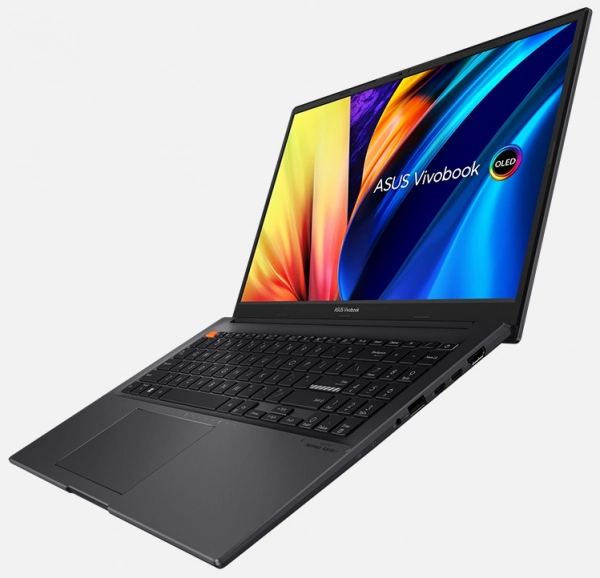
This is a fairly good result but still only on par with Intel's Meteor Lake or AMD's Hawk Point platforms. With a SoC like the Snapdragon X Elite and the Windows on ARM platform, users are expecting longer battery life, especially compared to what Apple has achieved with its M series chips. However, things may improve as the software becomes more optimized.
The laptop comes with a 90W USB-C charger, and it takes about 2 hours to fully charge the battery.
The Vivobook S 15 is a pioneering laptop in an emerging market, and as such, the hardware and especially the software still face many challenges, making it difficult to say whether this is a strong platform yet.
For professional work, or particularly for gaming, it will take some time for this platform to compete with Intel and AMD models.
However, the potential for the Vivobook S 15 in particular and Windows on ARM in general is significant. They could become a choice for many who want a slim and lightweight laptop for daily use. The Snapdragon X Elite can deliver fast performance even at low power settings, with quiet fans, cool temperatures, and stable battery life (which could improve further in the future as software is optimized).
Submit feedback
Your email address will not be made public. Fields marked are required *
Search
Trend
-
What is Black Myth: Wukong? Detailed Guide on System Requirements and Gameplay
08-21-2024 . 1k view
-
The simplest and fastest way to log into the Chinese TikTok, Douyin.
01-10-2022 . 1k view
-
Blog sites that will accept AI generated content
07-26-2024 . 1k view
-
Call of Duty: Black Ops 6 - Intense, Mysterious, and Surprising Warfare
09-02-2024 . 1k view
-
The "End of Life" for Windows 10: A Massive E-Waste Threat and Sustainable Solutions
08-18-2024 . 951 view






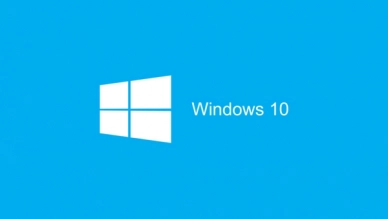
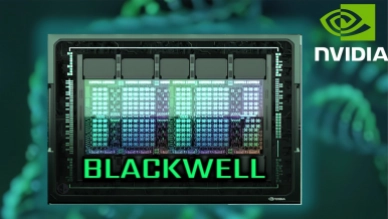

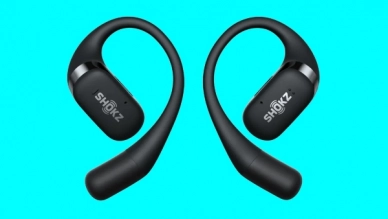

0 feedback